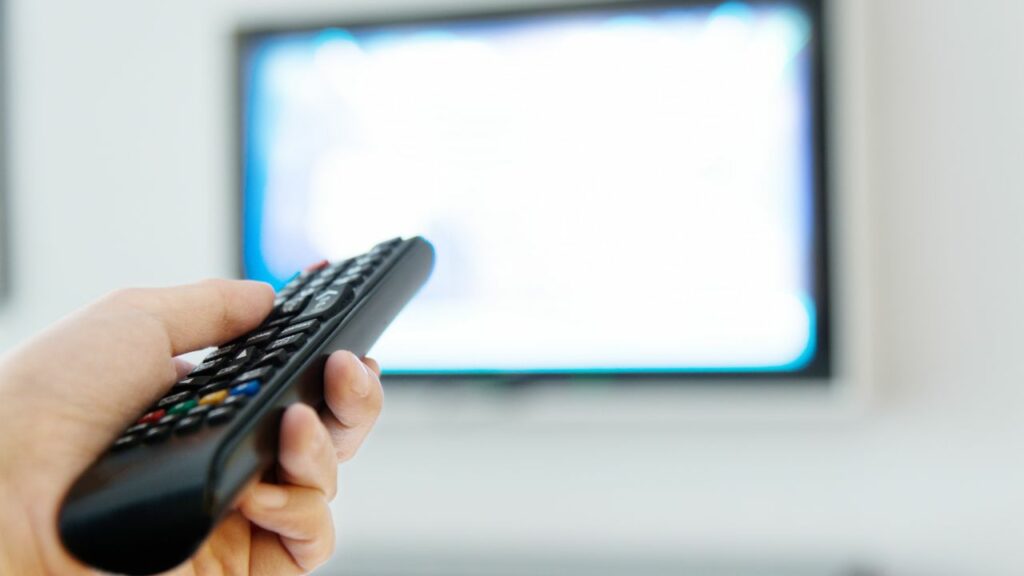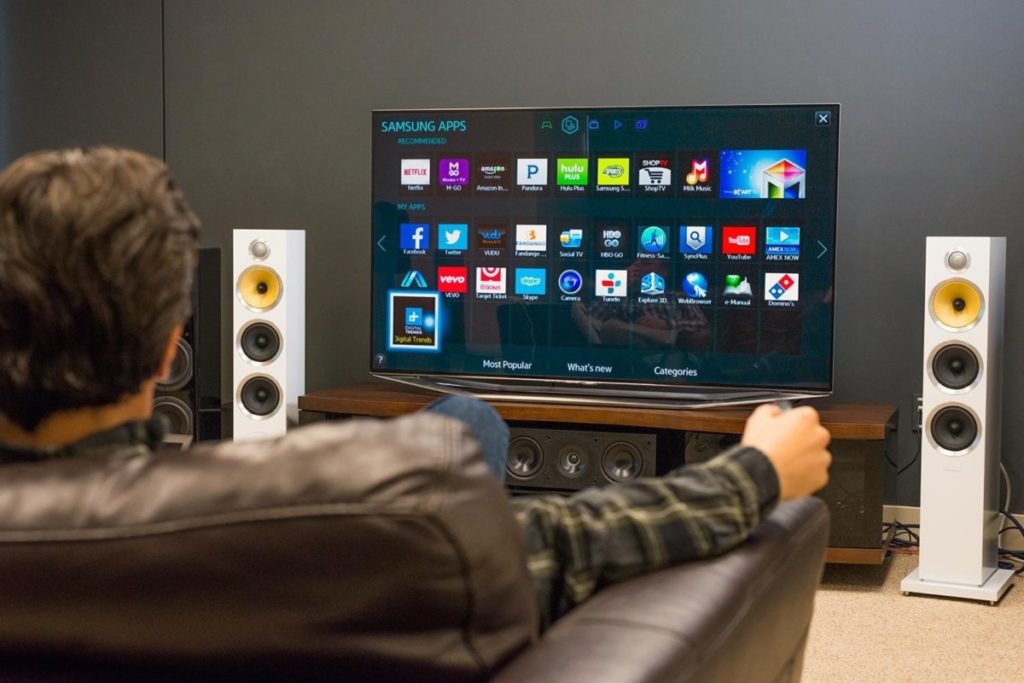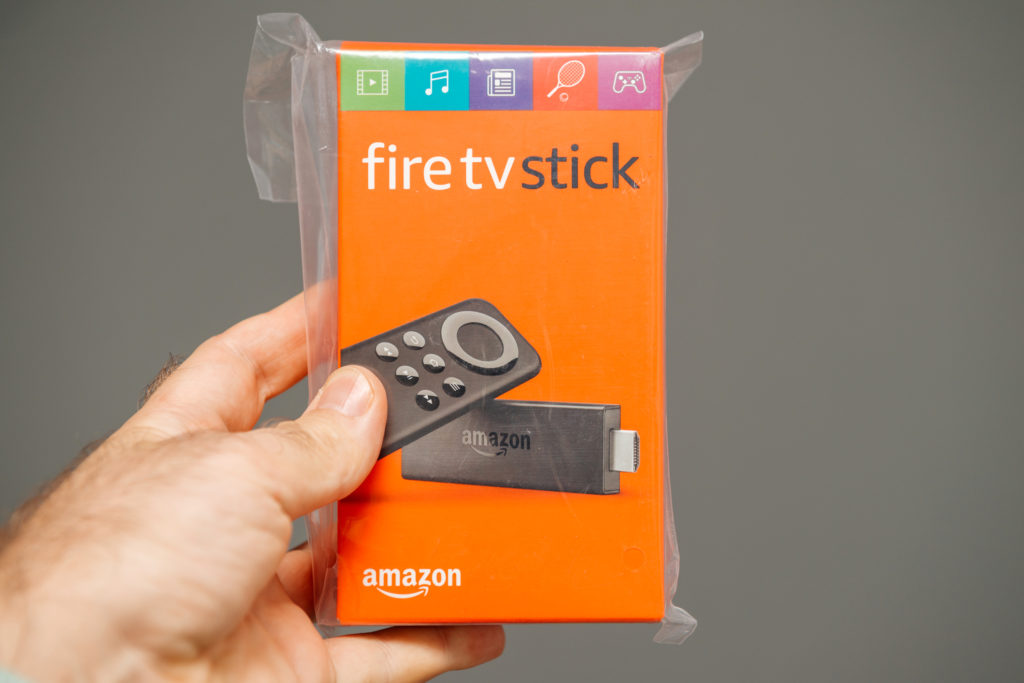The most common cause behind both freezing and pixelation is signal or lack thereof.
There are a lot of things that can affect the signal, including exterior devices, faulty hardware, incorrect settings, and mismatching platforms.
For instance, if you are connecting a device that only plays 4k resolution and your TV supports 720p or 1080p, some TVs or devices have no problem downgrading and some have a lot of trouble with it.
To fix the issue, unplug your TV from the power source, wait for 1 minute, plug it back in. Next, do the same with your Wi-Fi router. Turn it off, wait for a few minutes, turn it back on. Check that your HDMI cable is of the right type, tightly plugged in and not damaged.
That was a quick solution if you are in a hurry, the rest of the article will give you a deeper understanding of the issue and more possible fixes.
How to fix Pixelation or Freezing
Unless there is an underlying problem with your TV, signal issues are generally pretty easy to track down and fix.
Sometimes it’s something that doesn’t have anything to do with the TV, and sometimes it’s a problem with your equipment.
Freezing
When you’re dealing with a frozen smart TV (and let’s be honest, most people have smart TVs these days), turning the TV off and on again will fix the problem 95% of the time.
The problem is if it keeps freezing or turning the TV off and on doesn’t work.
There are a few other possibilities if this happens to be the case.
- An app on the TV requires an update
- Your Wi-Fi is bad
- Requires a soft reset and cache dump
You’ll have to break out your manual for these, since there are so many TV brands out there, it would be difficult to keep this article under 60,000 words.
With smart TVs, apps are supposed to update automatically, but they don’t always do so.
If your TV is freezing up when using a specific app, odds are high that it’s the app and not your TV.
Check to ensure your system is automatically updating the apps or that the specific app is updated.
Soft resets are simple, and dumping the cache is not.
The latter may be an option that’s completely unavailable.
If you have the option of deleting the cache, it will generally be under advanced settings.
Wi-Fi is another issue worth checking.
Wi-Fi has a terrible time dealing with sheetrock, concrete, brick, thick glass, metal, and wood.
These materials weaken the signal. Make sure the TV is either connected to the router via an Ethernet cable or the router is close, with a clear line of sight to the TV.
Pixelation
This happens when there is signal interference.
You first need to check all of the wiring behind your TV, especially the HDMI cable (if applicable).
You should also replace the HDMI cable with another one to see if the problem is the cable itself.
If you are using an HD antenna to pick up local channels in high definition, exterior devices will often scramble the incoming signal.
Things like blenders, ceiling fans, box fans, blow dryers, refrigerator condensers, electric heaters, and dimmer switches will cause interference from time to time.
You should always use the appropriate HDMI cable as well.
There are multiple types of HDMI and while most HDMI cables will still work, there may be a degree of pixelation, stuttering, poor audio, and more.
- Standard HDMI Type A – HDMI 1.0
- HDMI Standard with Ethernet – HDMI 1.1/1.2
- HDMI High-Speed CAT 2 – HDMI 1.3/1.4
- HDMI High-Speed CAT 2 with Ethernet – HDMI 2.0
- HDMI Premium CAT 3 4k – HDMI 2.1
- HDMI Ultra High-Speed CAT 3 8k – HDMI 2.1
The bandwidth is different for each one, as well as the resolution and the signal (Hz).
If you are running a standard HDMI cable to a CAT 3 HDMI port, you’re going to have problems.
There are also Mini HDMI connectors and Micro HDMI connectors, but these usually don’t have much to do with TVs.
All of the above HDMI types are labeled with a specific number and those numbers on the HDMI cable you purchase need to match up with the numbers on your TV, right where the HDMI port is.
It shouldn’t be too difficult to recognize and if the ports aren’t specific, break out the TV’s manual, or you will have to look it up online.
You can find your TV model and serial number on the back, bottom, or sides.
You’ll need that information when you go online to look up the HDMI standard for your specific TV.
All Things Considered
Pixelation and freezing aren’t necessarily a problem with your TV.
In fact, most of the time they aren’t.
It usually boils down to outside interference or a problem with the wiring on your TV.
It could also be an issue with your Wi-Fi.
The reality is, it’s usually easy to fix when you walk through it, step by step.
As mentioned above, power cycling and resetting of your Internet connection are your best friends when it comes to dealing with these TV issues.

Hi there, technology lovers! My name is James, I am an admin and a frequent writer for this blog. I am a techno-geek, so this blog is the place where I want to share all my knowledge with you to make your life a little bit easier in terms of dealing with technology.



